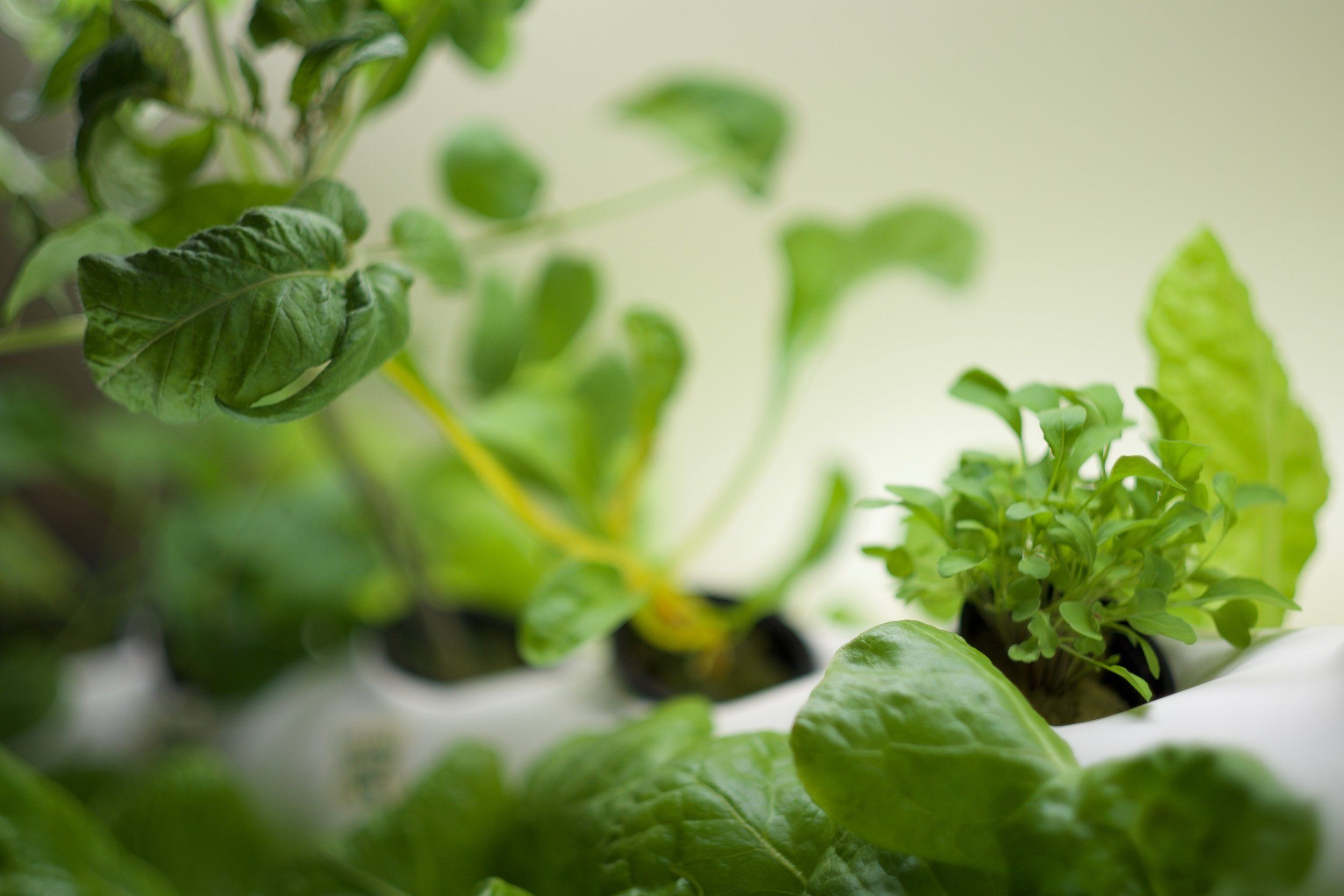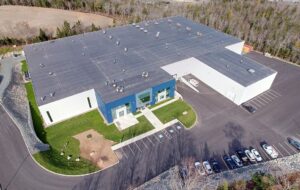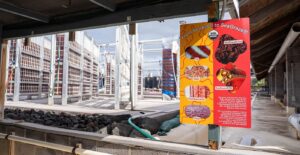Andrew Deitz has been in Silicon Valley since the late 1990s. He spent nearly a decade at Climate Earth, a consultancy that helps big companies understand their carbon footprint and how decreasing it might help their bottom line. In September, he took the helm at consumer-focused indoor farming group Verdical.
Verdical produces an indoor, hydroponic growing tower intended for restaurants. Prototype growing systems are in use in three Bay Area restaurants and Deitz sees the system as a no-brainer for any restaurant, space or institution that wants to communicate local food values.
But the category of on-site growing — systems deployed to serve the needs of consumers at home or in restaurants — has been slow to get funding. According to AgFunder data, only four consumer grow systems companies raised funding in the first half of 2017. We caught up with Deitz to find out how he plans to grow Verdical in this nascent category.
Can you describe the Verdical growing system?
It’s a vertical tower that has openings for seed pods – we call them growing zones. You insert your seed pod into a growing zone. You wait, depending on what you’re growing: microgreens take 3 weeks, herbs take 8-12 weeks and you enjoy the pleasure of harvesting and eating.
Will there eventually have to be partnerships with major appliance manufacturers for these on-site farms? What does Verdical look like five years from now?
I think that consumers are changing and a living food appliance can be an important contribution to the kitchen. For Verdical, I think there are a bunch of paths to market.

I see the B2B market as most interesting. The B2B market is about an experience. If you think about cafeterias and restaurants, there is ample space in those places to create a different experience for their customers. I think that their ability to articulate their values is a challenge. What is sustainability? What is fresh? What is local? These are all kind of nebulous words these days. One of our customers talks about what we’re doing for him as a statement of his values. His patrons can see their food, in this case just basil, going from three steps away to someone cutting it and putting it on their pizza.
He happens to do everything else right too – he treats his employees right, he sources well, he takes good care of his supply chain and his partners – but he had no way of communicating that and he didn’t want to bang customers over the head.
What do you think is going to be the deciding factor on which small-scale growing unit gains market share?
I think that it is about [user] experience. If you do it in a warehouse 50 miles away, people are not directly connected to their food. It’s also important to understand that there are very different price points in food. Lettuces and leafy greens are a tougher commodity business, and then there are higher end micro greens and herbs that might be a better starting spot because they’re more expensive and delicate.
So it will come down to the efficacy of the system? It has to be so easy to use, the user can’t mess up?
Yes, that’s the experience side. I think we’ve nailed the experience. I think there are a lot of palm pilots out there, but no one has made the iPhone yet.
People are getting ahead of their ski tips on ‘we grow plants faster. We grow them bigger – bigger yields.’ There is a danger that the consumer gets confused and they get so wrapped up in the yield, they lose sight that this is experiential.
And on the other side, it has to be cost-competitive because you’re still going to compete with the field and whatever basil costs. Organic basil sits at around $8-20 per pound. So you have to still get near that price point. But I think people will buy it because it’s pretty and for the experience, and I think companies can make money because it is a consumable and there is an opportunity for people who use it on a high scale. I think a lot of the home products are novelty and hobbyist.




